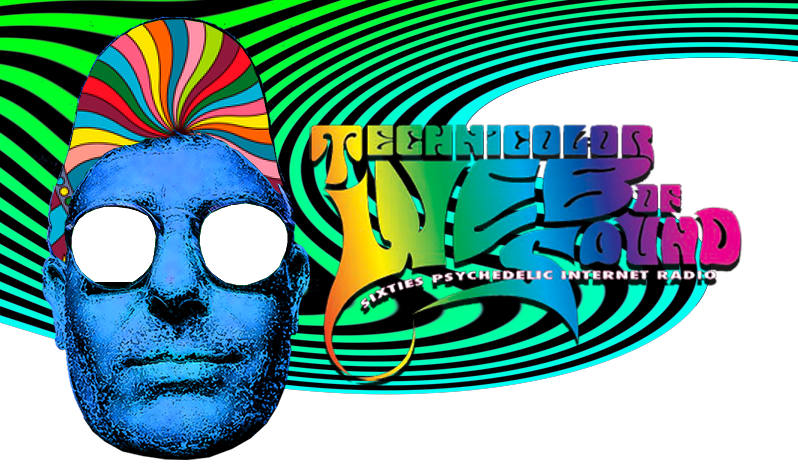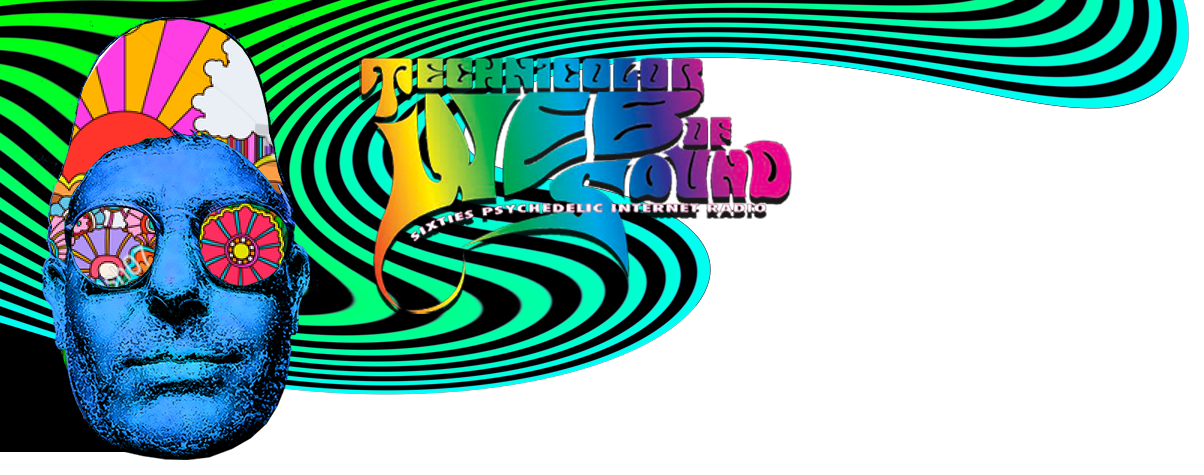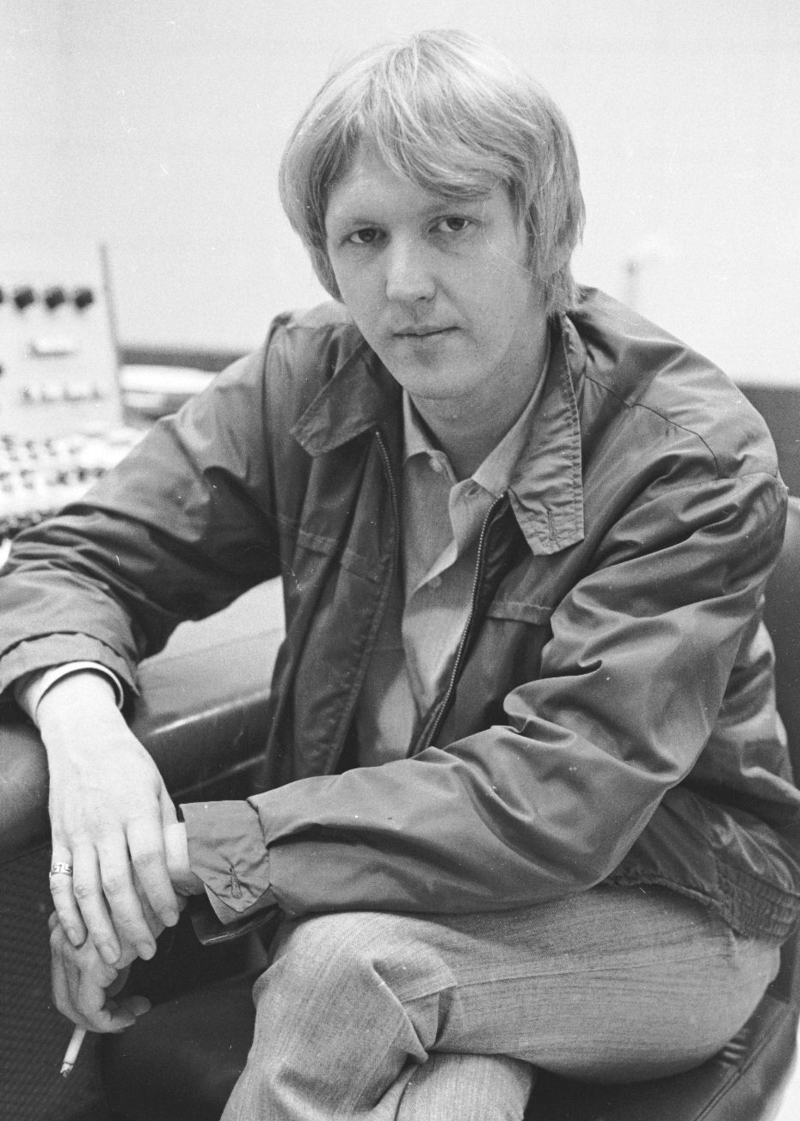






From: Brooklyn, NY, USA

Harry Edward Nilsson III (sometimes credited as just Nilsson) was born on June 15, 1941 in Brooklyn, NY, but relocated to Los Angeles as a teenager to escape his family's poor financial situation. As a teenager, while working as a computer programmer at a bank in L.A., he became interested in musical composition and close-harmony singing. His uncle, a mechanic in San Bernardino, CA helped Nilsson improve his vocal and musical abilities, which aided him in getting a job singing demos for songwriter Scott Turner in 1962.
In 1963, Nilsson began to have some early success as a songwriter, teaming with John Marascalco on a song for Little Richard. By 1964, Nilsson had worked with Phil Spector, writing three songs with him. Nilsson also established a relationship with songwriter and publisher Perry Botkin Jr., who began to find a market for his songs. Through his association with Botkin, Nilsson met and became friends with musician, composer and arranger George Tipton who financed the recording of four of his songs, which he also arranged. They were then able to sell the completed recordings to the Tower label (a recently established subsidiary of Capitol Records), which were subsequently included on Nilsson's 1966 debut LP titled Spotlight On Nilsson. None of Nilsson's Tower releases charted or gained much critical attention, although his songs were being recorded by famous artists like the Yardbirds, Glen Campbell, the Shangri-Las, and even Fred Astaire. Despite his growing success however, Nilsson continued programming computers on the night shift at the bank
Nilsson scored big in 1966 when he signed with the RCA Victor label and released the critically acclaimed LP Pandemonium Shadow Show the following year. Music industry insiders were impressed both with the songwriting and Nilsson's pure-toned and multi-octave vocals, including Beatles press officer Derek Taylor, who bought an entire case of the record to share with others, including the Fab Four themselves, who quickly became fans of his cutting-edge work. With a major label release and continued songwriting success (most notably the Monkees cover of his song ‘Cuddly Toy’), Nilsson finally felt secure enough in the music business to finally quit his job at the bank.
In 1968, when The Beatles announced the formation of their record label Apple Corps in a press conference, both John Lennon and Paul McCartney were asked who their favorite American artists was, in which they both replied “Nilsson”. In the weeks after the press conference, Nilsson's office phone began ringing constantly, with offers and requests for interviews and inquiries about his performance schedule. Remarkably, save a handful of TV appearances and a brief run of Europe gigs set up by RCA, Nilsson disliked playing live and steered clear of it, a decision that he later regretted. Later in ’68, Nilsson issued the LP Aerial Ballet that contains the excellent track 'Together' as well as ‘One’, which was later made famous by Three Dog Night. The record also includes his famous rendition of Fred Neil's ‘Everybody’s Talkin’’, which was later prominently featured in the popular 1969 film Midnight Cowboy and peaked at #6 on the
Nilsson released his fourth LP simply titled Harry during the summer of ’69, which contains the hit ‘I Guess The Lord Must Be In New York City, which peaked at #34 on the Billboard Hot 100 and was eventually used in the Sophia Loren movie La Mortadella. While the album still presents Nilsson as primary songwriter, his astute choice of cover material included a track by then-little-known composer Randy Newman, ‘Simon Smith And The Amazing Dancing Bear’. Nilsson was so impressed with Newman's talent that he devoted his entire fifth LP to Newman compositions, with Newman himself playing piano behind Nilsson's multi-tracked vocals. The result, 1970’s Nilsson Sings Newman, was commercially disappointing but still named “Record of the Year” by Stereo Review magazine and provided momentum for Newman's career. This self-produced album also marked the end of his collaboration with Rick Jarrard, who recounted in the documentary Who is Harry Nilsson? that the partnership was terminated by a telegram from Nilsson, who abruptly informed Jarrard that he wanted to work with other producers, and the two never met or spoke again.
In 1971, Nilsson kicked off the year with a soundtrack to the animated, made for television film The Point!, which includes the Billboard #34 hit ‘Me And My Arrow’. Later that year, Nilsson traveled to England with producer Richard Perry and recorded what was to become his most successful album (Nilsson Schmilsson), which yielded three stylistically different hit singles: ‘Coconut’, ‘Jump Into The Fire’, and a cover of Badfinger’s ‘Without You. Nilsson then followed in short order with the 1972 follow-up LP Son Of Schmilsson, released while its predecessor was still on the charts. Despite competing with himself however, the album managed to peak at #12 on the Billboard Top LPs & Tape chart.
Throughout his career, Nilsson was known as a "singer-composer who is heard but not seen", as he performed very seldom in public. One of the few exceptions however was a live, 1973 BBC television special titled A Little Touch of Schmilsson In The Night. That year also saw Nilsson return from England back to California, and when John Lennon moved there during his separation from Yoko Ono, the two musicians rekindled an earlier friendship. Lennon was intent upon producing Nilsson's next album, much to Nilsson's delight; however, their time together in California became more known for heavy drinking than for musical collaboration. In a widely publicized incident, the pair along with Ringo Starr were ejected from the Troubadour nightclub in Hollywood for drunken heckling of the Smothers Brothers.
Nilsson is also infamously known for his 1970s London apartment where Cass Elliot of the Mamas & The Papas died in 1974 and Keith Moon of the Who passed in 1978, in the same bedroom. Nilsson continued to release LPs throughout the 70s, but was eventually dropped by RCA for waning sales before the end of the decade. In the 80s, Nilsson’s musical output was very sporadic and included the soundtrack to the 1980 movie Popeye, which was met with poor reviews. He was also strongly effected by the assassination of his friend John Lennon later that year. Nilsson made his last concert appearance in 1992 when he joined Ringo Starr and his All Star Band on stage in Las Vegas. Born with congenital heart problems, Nilsson suffered a heart attack in 1993 and tragically passed away of heart failure in early 1994 at the young age of 52.